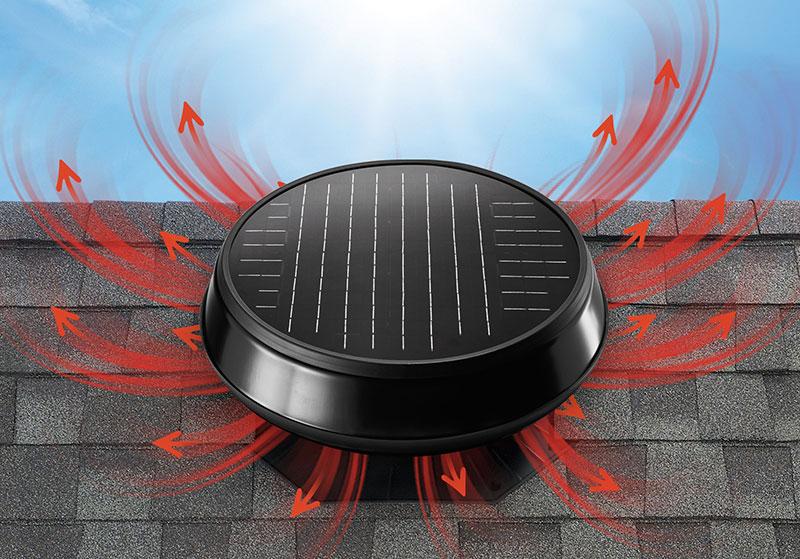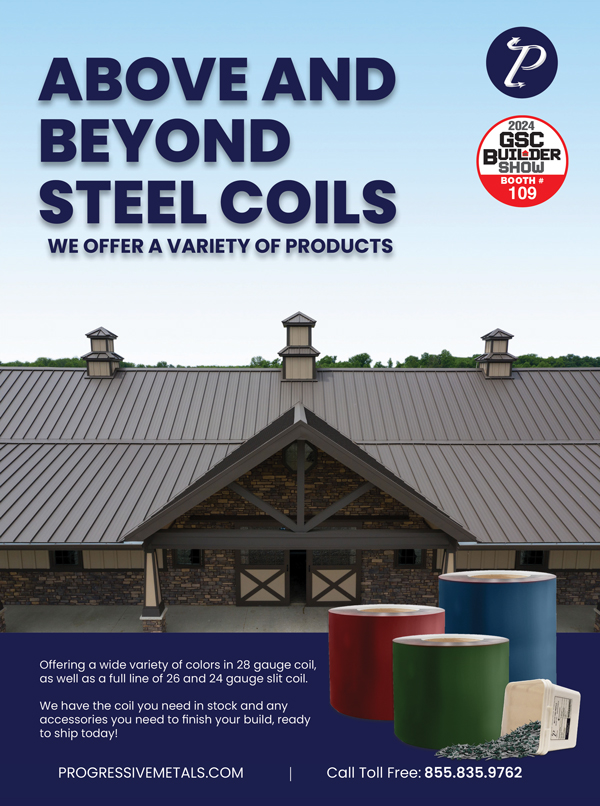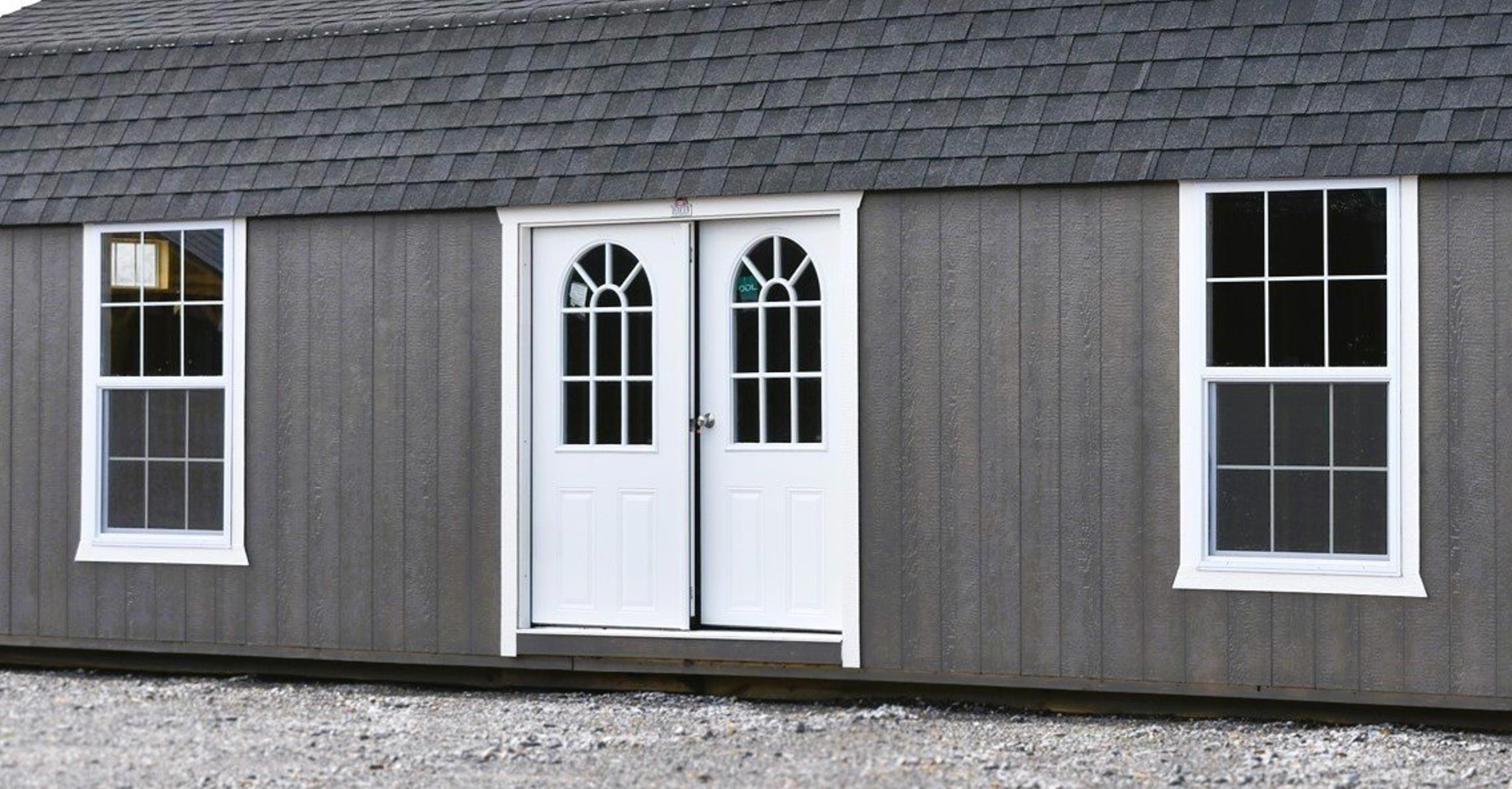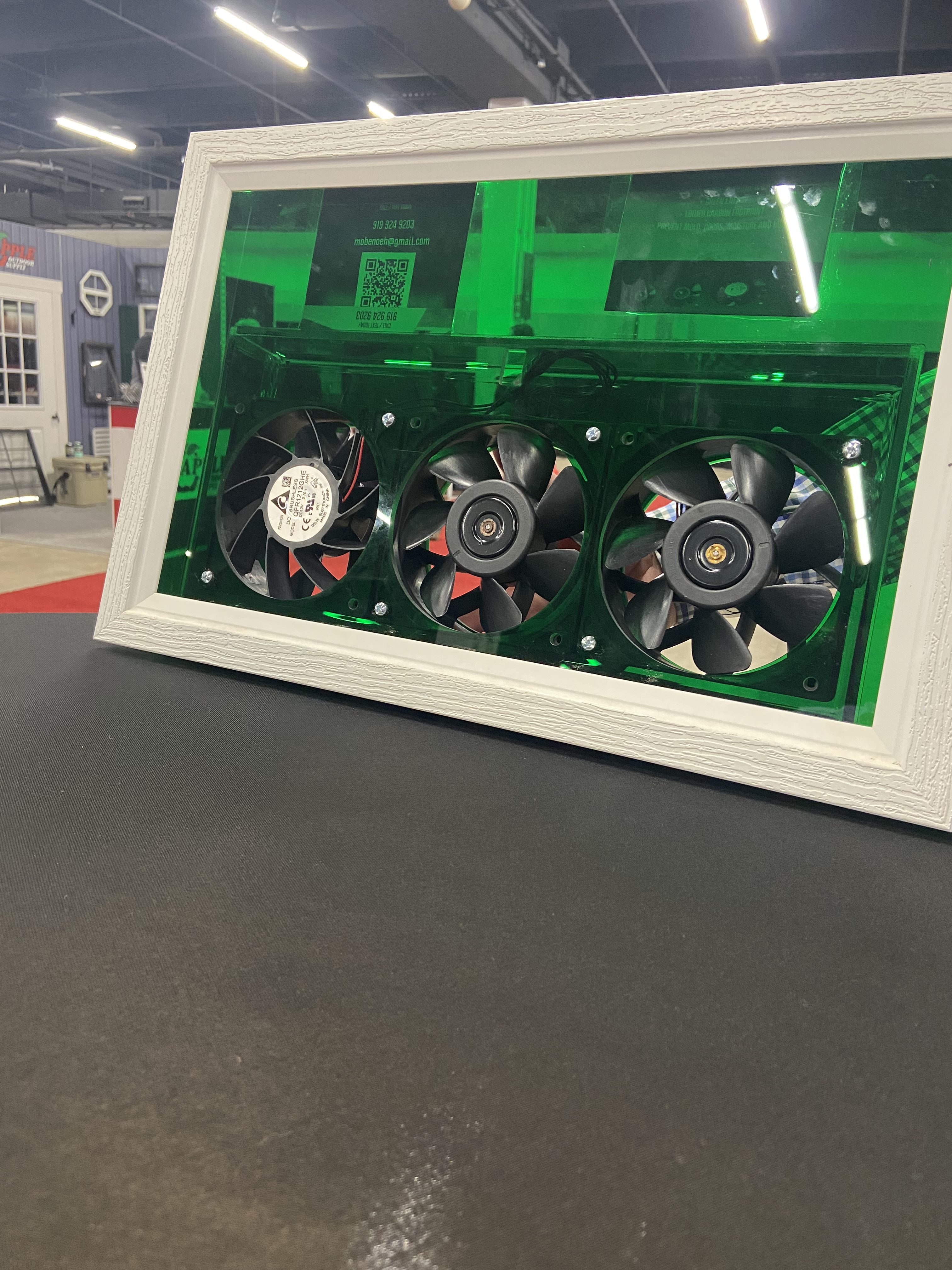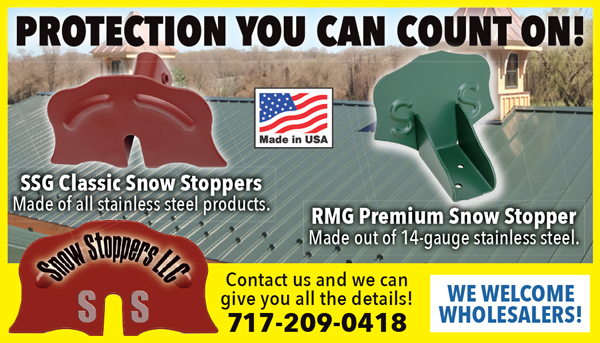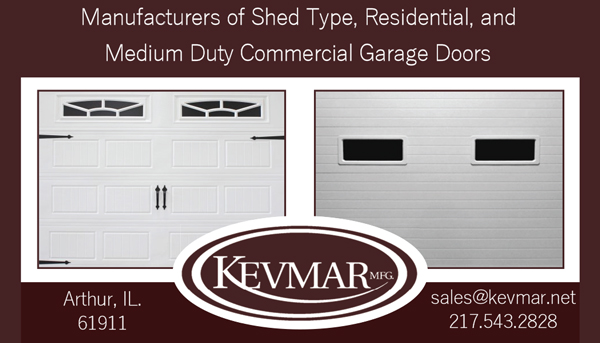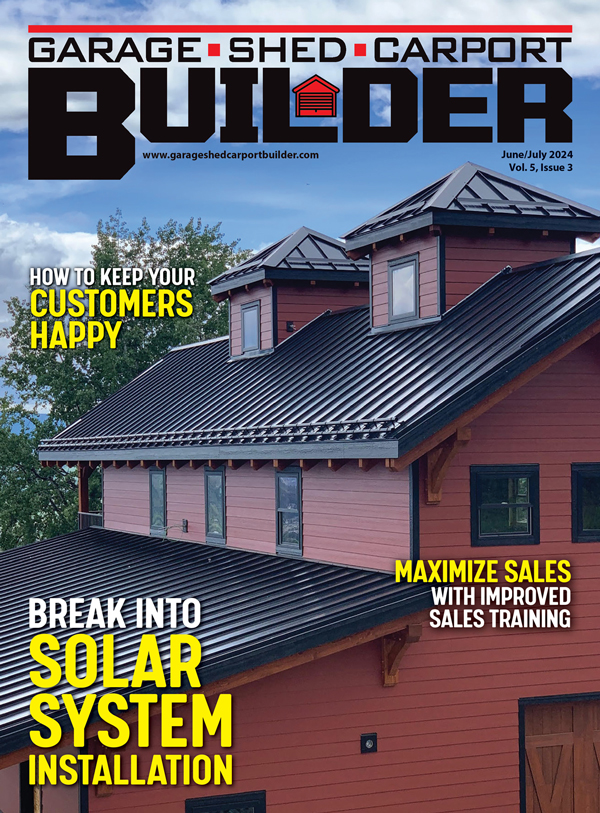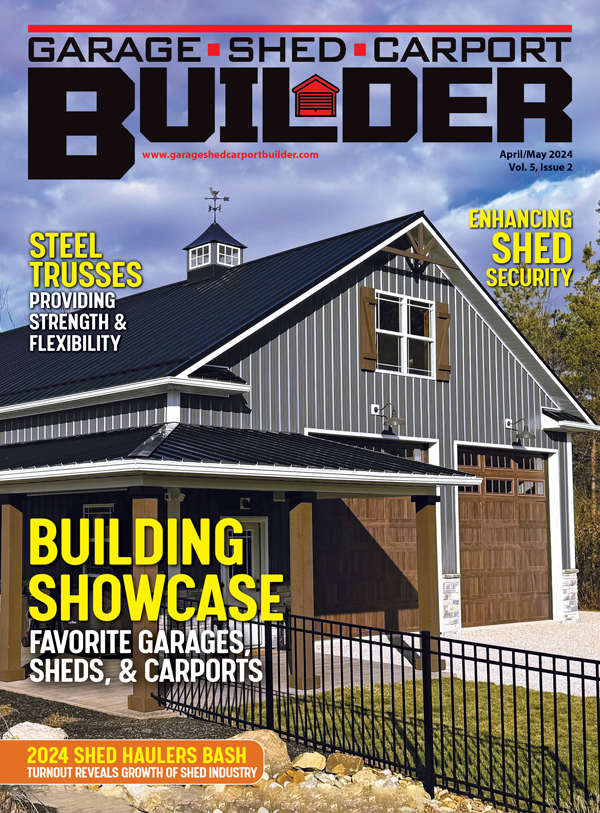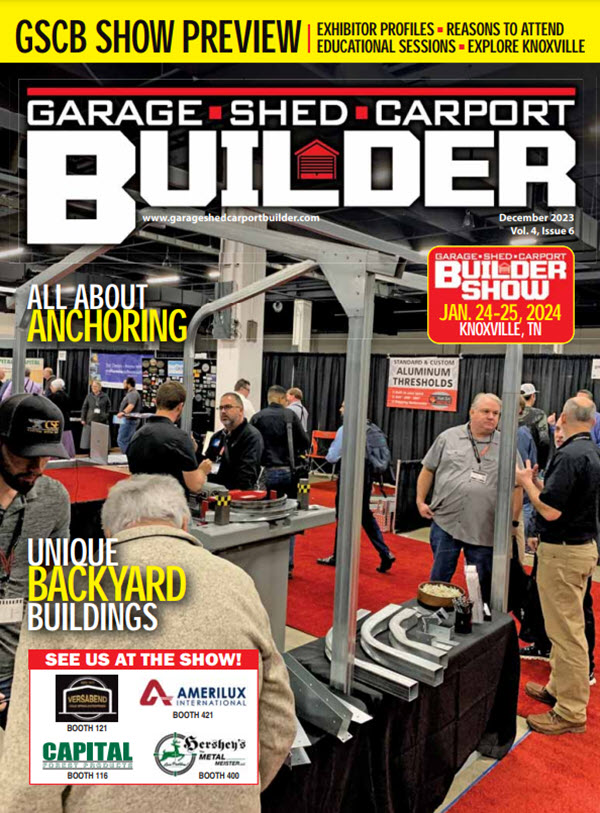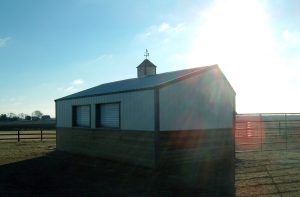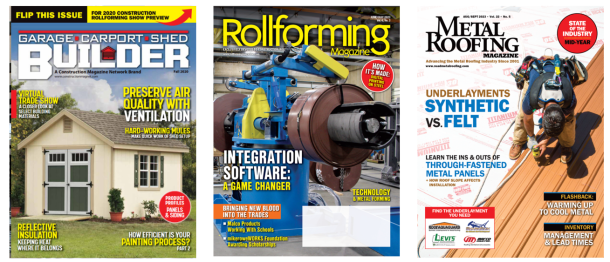By Rocky Landsverk
Whether you have a customer decide they’d like to turn their garage or shed into an art studio or work-from-home office, or if you’re building a project that includes one, homeowners are increasingly creating secondary living and working spaces next to their primary residence. “We’re starting to see a lot of mancaves, and art studios out in little sheds,” said Steve Winters of Brighter Concepts LTC.
The list of uses for these spaces seems endless. Certainly work-from-home has made an impact, but that’s not the entire reason. It can be “people working on cars or small engines. Garages are becoming an extension of the house,” he said.
Brighter Concepts is the exclusive dealer in Wisconsin for Solatube, which offers active (meaning “powered”) ventilation solutions for attics, garages, and sheds, with both solar-powered and conventional electricity options.
Solar-powered solutions are getting better each year, making them more attractive financially, so that’s part of the reason why that product is gaining in popularity. But first and foremost, the surge relates to the fact that people aren’t only storing things in their outbuildings anymore. They’re often spending a significant amount of time there.
So the financial decision is no longer about comfort for 10 minutes at a time, or even about whether or not something might melt if there’s no air movement in the building. Rather, it can be a true health issue because the homeowner might be spending hours there, or even overnight.
Is Ventilation Optional?
Erez Halfon of Mobeno Solar Solutions, who developed and patented a solar-powered ventilation system, said all buildings need ventilation. The level of active or powered ventilation depends on the use. “The garage, shed, barn, whatever the building is — today it could be a home office, or maybe it’s a gym,” he said. “If it’s not only for storing your yard tools or boxes, then you need to consider it.”
There are three aspects to the decision. One is your comfort if you’re going to be in that space for an extended period of time; another is whether fumes from whatever is being stored there need to be evacuated; and thirdly, you have to determine if what’s being stored there can withstand heat.
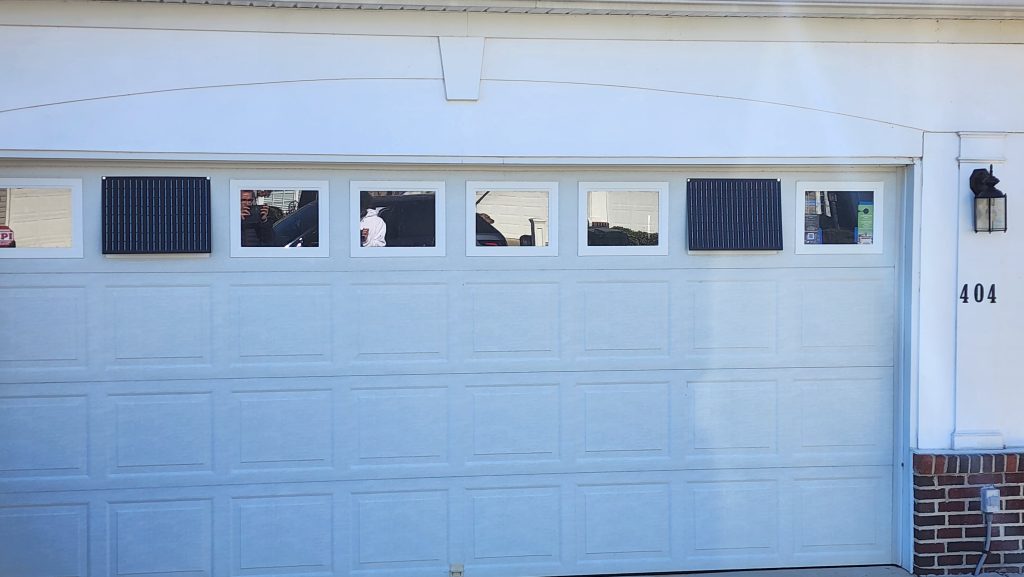
Why Ventilation Matters
Ventilation solutions sound optional to most homeowners. It’s not until they have mold or some other significant calamity that they realize the builder and/or salesperson had a point.
“I came from the restoration world, where we saw issues like mold and ice damming,” Winters said. “There are usually two causes. One is not enough airflow, period. You should constantly have airflow, every day. You don’t even need a thermostat (to create airflow on hot days); you need airflow every day.
“And the other problem is not enough insulation. The recommended amount right now is R50.”
When all these systems are properly working together, the benefits include shingles lasting longer, healthier air in the home and attic, and energy savings.
How Powered Fans Work
One of the key aspects that people forget is that moving air needs to be replaced; a fan in a closed room isn’t doing much good. There are two steps involved with installation: Powering a fan (solar or electric), and then creating a vent. “You have to have fresh outside air,” Winters said. “You need places to draw the air from, whether that’s extra soffits, or on the bottom panel of the garage door. You can just put a small vent panel on the bottom corner, or with a shed, you can put it on a swinging door.”
Each situation requires a different solution. If you have an enclosed ceiling in this garage or she-shed, typically meaning there is drywall and not exposed rafters, sometimes the builder and client will want to go with a two-part solution. “The solar power attic fan runs during the day, and if they’re working at night, a whole-house fan runs on traditional electric,” Winters said.
Typically, sheds and garages that aren’t going to be used as working spaces are given gable vents and what’s called a passive ventilation. If the customer is buying a shed package, there’s typically a roof vent in it. “There will be some air movement, like you’re opening a window at home,” with passive ventilation, Halfon said. “If there’s a mechanical aspect, you’re actually moving the air, you’re circulating it.”
Options and Upsells
Solatube has a lot of options; it’s not only a single-use solar exhaust fan system. They can be temperature-controlled and run based on that, but as noted earlier, Winters recommends a system that simply runs daily. “The solar-powered units can come on automatically,” he said. “When the daylight comes up, it starts running during the day.”
And given that there’s no electricity involved, the fact that it’s running daily is not costing anything. But his larger point is that the air needs to move a lot more than we ever thought it did, especially in today’s newer homes, which can be almost dangerously airtight.
You can also get Solatubes that provide natural daylighting, which is a benefit in situations where the homeowner converts a closed space many years after it was built to store lawn mowers.
Halfon said his Zula system is designed to be added any time, even to an existing outbuilding, but the earlier you make that decision during the building stage, the better. He said that can matter not just from an expense standpoint (doing things twice costs more money), but also remember that you don’t want mold getting into the building before you decide to add the ventilation.
“People will say that ‘I’ll get to it later’,” Halfon said. “Later becomes too late if there’s already mold. I look at this as just like buying insurance for your car. You can’t really say ‘I’ll get to it later’ because chances are you probably won’t even remember.”
Options with the Zula system, which is 630 cfm, include a filter. “We have the homeowner come back to the builder of the shed to buy those air filters every quarter or buy quantity across different quarters,” he said. “You really keep that relationship.”
Who Will Install?
Builders and contractors can buy Solatube products from their local authorized dealer; in the case of Wisconsin, Brighter Concepts is the only authorized dealer in the state. Professionals get a discounted price.
Winters said most builders/roofers/contractors have Brighter Concepts do the install “because then we take the liability of cutting that hole and they don’t have to worry about it. We put a 10-year liability warranty on our labor, which is a great selling point. The roofers really appreciate that we take the liability of cutting that hole.”
The Zula system was sized to standard garage-door window panels, though it’s modular to adapt to other locations. “It installs like a garage-door window and can even use the same screws,” Halfon said. “The installation process is very simple. In a garage door, you use the same window frame screws; in a shed, it replaces the gable vent hole with few screws.”
Halfon said builders can be resellers and sell the system as-is, or install it at the time of the build while charging an installation fee. Many of his resellers are garage door installers, he said, and he has units on display at some shed builder lots. You can also add a maintenance package that will allow you to revisit the homeowner, which is always a good thing for anybody selling products and services.
Do You Need a Fan?
You might be wondering when you should include an actual fan, not an exhaust device but a fan to move the air. David Rose, Senior Manager of Technical Strategy and Innovation at Big Ass Fans, said his company also has smaller residential and commercial fans. He said among the biggest factors is if the homeowner “plans on spending prolonged time in there, it’s not just for simple storage. That’s where the fan can make it significantly more comfortable. Using circulating ceiling fans ensures that no pockets of stagnant air exist in the space and that the fresh air being brought into the space is being distributed evenly and completely.”
The one thing a builder might be surprised about related to fans is that they use almost no power. As you’re running the electrical calculator, especially in a solar-powered scenario, you might think that the fan would “cost” too much. But they’re remarkably energy-efficient. “Even the largest, most-industrial fan has, at max, a 2-horsepower motor on them,” Rose said. “The smaller-diameter residential products are going to consume, at maximum, 40 watts. The commercial stuff only tops out at 250-300 watts. The laptop plugged into the wall uses up more load.”
Attic fans are also quieter than they used to be. “They actually kind of hang in the attic,” Winters said of today’s attic fans. “The fan part is hanging on a stabilizing arm, so they don’t make the noise like they used to. And the cfms are still higher than they used to be.”
Modern Building Improvements & Changes
Winters said many people don’t realize that solar power and the devices that use them are better than they were in the past. Today’s solar systems are “a lot quieter because it’s brushless, some are rated up to a 2,400 square feet of attic space, and it comes with a 10-year warranty.”
And the Solatubes come with a 10-year warranty that wasn’t possible with solar power of the past. Winters added that solar power isn’t exclusively for situations in which where is no corded electricity. Consumers are sometimes choosing solar even if electricity is available. That’s not driven only by people who are trying to be environmentally friendly; they often like the idea of not having to pay a bill again for at least 10 years.
Winters pointed out that newer homes need ventilation more than in the past when the ventilation was mostly accidental. “They are so tight that you should consider opening windows or refreshing the air maybe once/week,” in the winter, he said.
Also make sure you investigate whether the homeowner is qualified for a 30% tax credit; typically, they will be. “Both the Solatube and the solar-powered attic fans qualify for a 30% tax credit, which can be a huge benefit for the consumer,” Winters said. It makes something a lot easier to sell when somebody else is offering a tax credit on your product.
Halfon’s systems typically qualify for the tax credit, also. He said solar solutions are not only practical for the homeowner, they’re also a selling point for builders and contractors.
“Where the trend is going, bringing a solar energy solution puts them on top of their competitors,” he said. “You’re not the cheaper solution; you separate yourself by having that unique solution.” GSCB


